

Volume 200
Published on October 2025Volume title: Proceedings of CONF-MCEE 2026 Symposium: Advances in Sustainable Aviation and Aerospace Vehicle Automation
Facing stringent global carbon neutrality targets, the aviation industry urgently requires technological advancements, and consequently, lightweight design has become a key strategy for improving aero-engine fuel efficiency and reducing emissions. This paper examines the application of lightweight, high-strength structures in aero-engines, addressing the extreme operational environments and multifaceted design constraints. It focuses on achieving mass reduction while preserving structural integrity and lifespan, highlighting the important contributions of advanced approaches such as topology optimization and damage-tolerant design. Moreover, the paper examines the enabling role of advanced manufacturing technologies, especially additive manufacturing (AM), in realizing these designs. Emerging trends, including intelligent materials and AI-assisted design, are also discussed, offering insights into the future of sustainable aviation propulsion. The study finds that lightweight design can not only effectively reduce the structural mass of aero-engines but also enhance fuel efficiency and lower emissions without compromising performance, underscoring the significance of integrating new materials, precise design, and innovative manufacturing technologies for next-generation aero-engines.

 View pdf
View pdf


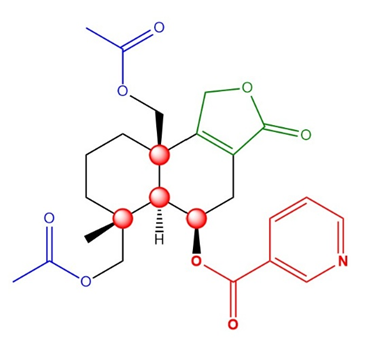
This study addresses the total synthesis of Astellolide S, a structurally complex sesquiterpenoid natural product featuring a rare nicotinic acid unit and four chiral centres. Three distinct retrosynthetic pathways and their corresponding forward strategies are systematically proposed and evaluated. Route 1 incrementally constructs the decalin skeleton via key cyclization and Wittig reactions. Route 2 innovatively leverages a vicinal tricarbonyl system and a di-epoxide-enol tandem reaction for efficient core assembly, complemented by Pd-catalysed carbonylation for lactone formation. Route 3 designs intermolecular coupling and cyclization based on oxidation state analysis. The advantages and challenges of each route regarding molecular simplification, feasibility of key steps, stereo control, and byproduct mitigation are critically compared. This work provides a theoretical foundation for the eventual efficient and stereoselective total synthesis of Astellolide S and future bioactivity studies.

 View pdf
View pdf


With the global energy transition and advancing low-carbon goals, wind power has emerged as a crucial clean renewable energy source, where large-scale grid integration has become a core trend in energy development. However, weak grid conditions significantly increase voltage stability risks during wind power integration. Insufficient reactive power support during faults may trigger protection trips, power generation restrictions, wind curtailment, cascading instability, and economic losses. To address this challenge, this paper proposed an integrated control solution for grid-connected wind farms that balances constraints and collaborative capabilities among turbines, substations, and energy storage systems. Specifically, PMSG units implement "fixed current switching" on the grid-side converter to prioritize reactive power injection for voltage recovery at the point of common coupling (PCC). The grid-side layer adopts STATCOM with dual PI controllers (DC V/Var outer loop and current inner loop), enhanced by repeated control (RC) to improve current tracking of periodic disturbances. The energy storage system employs supercapacitors for multi-level reactive power support based on voltage status, coordinating STATCOM switching through adaptive thresholds. Short-circuit and power step simulations using a high-fidelity PSCAD model demonstrate that this strategy significantly accelerates PCC voltage recovery, suppresses power oscillations, and enhances fault ride-through capability, meeting LVRT requirements while providing a viable pathway for wind power integration and operational resilience in weak grids.

 View pdf
View pdf


As new energy technologies continue to evolve, hybrid electric vehicles (HEV) have emerged as a key transitional choice from gasoline-powered vehicles to new energy vehicles, owing to their extended driving range and environmental benefits. This paper systematically summarizes the structure principles of HEV and outlines three currently mainstream energy management strategies, including those based on deterministic and fuzzy control rules, those based on global and instantaneous optimization, and those based on reinforcement learning and deep learning methods. Additionally, this article also compared the performance characteristics of the three system architectures: series, parallel, and hybrid configuration. Through combined simulation studies, this paper explores the fuel economy and system stability under different strategies. Finally, in response to the challenges in complex operating conditions, this paper points out that intelligent and data-driven approaches will play a crucial role in future energy management. This research provides a theoretical foundation and practical insights for the development of more efficient and intelligent energy management systems in hybrid electric vehicles.

 View pdf
View pdf


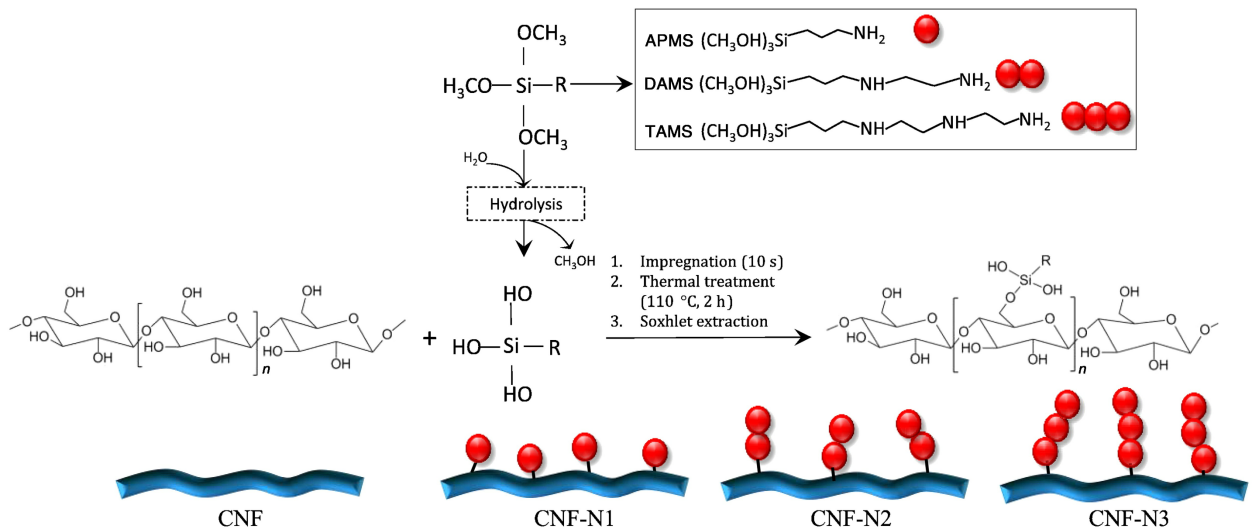
3D printing technology shows great potential in aerospace, biomedicine, electronic devices, and other fields because of its advantages of digital manufacturing, no mold and molding complex geometry. However, traditional 3D printing polymer materials generally have bottlenecks such as low strength, weak interlayer bonding, and a single function. The introduction of nano materials (such as cellulose nanocrystalline (CNC), carbon nanotube (CNT)) provides an effective way to break through these limitations and broaden the application fields. In this paper, the advantages and application methods of nano reinforcement CNC and CNT are systematically described, as well as the latest research progress of polymer nanocomposites reinforced by CNC and CNT in mainstream 3D printing technologies such as fused deposition molding (FDM), selective laser sintering (SLS), light curing molding (SLA/DLP) and solvent casting molding (SC-3DP). Through the data comparison, it is proven that it has better performance and wider application than traditional printing, and the improvement mechanism of nano materials on the printing process, mechanical properties, and functional properties (conductivity, thermal conductivity, piezoelectric, etc.) of composite materials is analyzed. At the same time, it also summarizes the main challenges faced by 3D printing polymer nanocomposites and the expansion of application fields, and looks forward to the development direction of high-precision, multifunctional, and industrialized.

 View pdf
View pdf


With the rapid rise of electric vehicles, lightweight design of battery boxes has become a critical focus to enhance driving range and reduce carbon emissions. The lower battery box offers greater flexibility for structural and material innovation due to fewer functional constraints. This paper focused on the application of vinyl ester prepreg composites as a substitute for traditional metal structures to achieve weight reduction while maintaining safety. Previous research shows that most studies concentrate on simulation and topology optimization, while few directly analyze material performance. This study compared epoxy, phenolic, and vinyl ester prepregs, demonstrating that vinyl ester prepreg exhibits superior mechanical properties, hygrothermal aging resistance, and impact toughness. Furthermore, assembly using polyurethane adhesives ensures both bonding strength and airtightness. The study concluded that a hybrid structure combining prepreg composites and metal alloys can achieve a weight reduction target of 22.6% while meeting the performance requirements of electric vehicle lower battery boxes.

 View pdf
View pdf


The urban heat island (UHI) effect represents a significant environmental challenge associated with rapid urbanization worldwide. This comprehensive review examines the intricate relationship between urban underlying surface properties and the UHI phenomenon, with particular emphasis on the pivotal role of the convective heat transfer coefficient(h_c). The paper systematically analyses how various urban surface materials, including asphalt, concrete, bricks, and vegetation, differentially influence local thermal environments through variations in their thermal properties and surface characteristics. The discussion focuses on the mechanisms through which these materials alter surface-atmosphere energy exchange processes, ultimately contributing to spatial heterogeneity in UHI intensity. Furthermore, this review explores the development of rapid assessment frameworks based on empirical relationships between material properties, surface roughness, wind speed, and convective heat transfer efficiency. These analytical frameworks facilitate rapid assessment of urban heat island (UHI) effects and furnish practical decision-support tools for urban planners and designers to select thermally optimal materials in urban development and renewal initiatives. The interdisciplinary implications spanning urban climatology, environmental physics, and urban planning are examined, along with future research directions for enhancing urban thermal environments and promoting sustainable urban development strategies.

 View pdf
View pdf


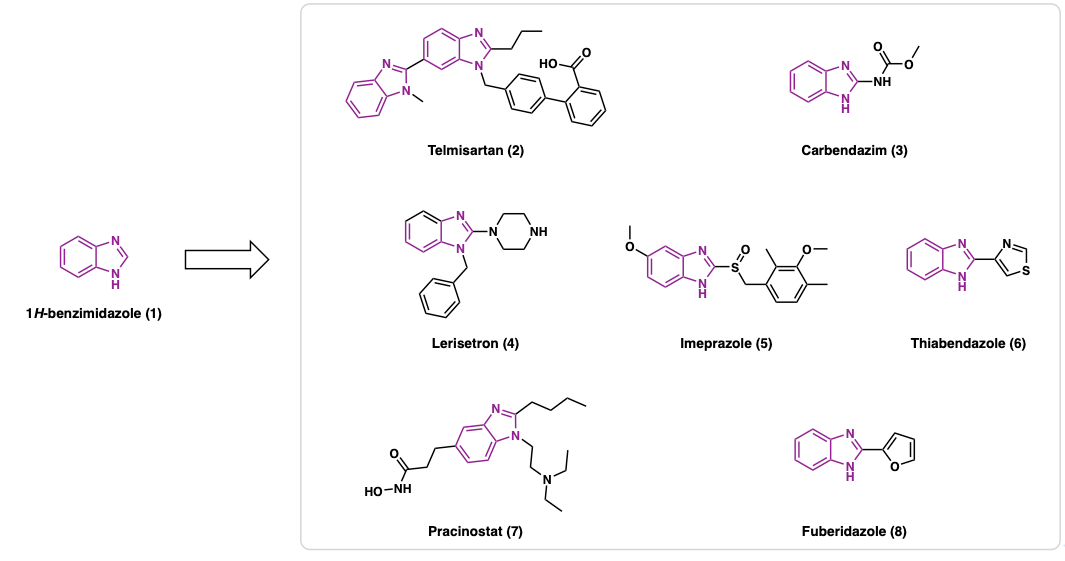
This paper reports the efficient synthesis of 2-phenyl-1H-benzimidazole using recycled steel slag as a green and novel catalyst. Steel slag is a waste by-product from the steel refining process. It contains iron and copper species that act as Lewis acids to catalyze the reaction between phenylacetaldehyde and o-phenylenediamine. The transformation was carried out in a 9:1 ethanol–water mixture at 80 °C open to air. The reaction yielded 2-phenyl-1H-benzimidazole in 89% yield within 30 minutes. The use of steel slag as catalyst has several advantages, including low cost, mild reaction conditions, and easy removal from the reaction mixture via filtration. Overall, this method provides an efficient and sustainable methodology to synthesize 2-phenyl-1H-benzimidazole and other benzimidazole derivatives, which is a class of compound that is widely applicable in medicinal chemistry and materials science.

 View pdf
View pdf


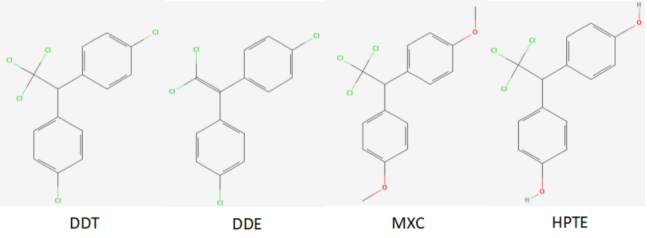
This paper explores the estrogenic interference effects of DDT and its substitutes and metabolites using molecular docking techniques and analyzes the related mechanisms of action. In addition, DDT and its alternative metoxyddt (MXC), as well as their respective metabolites, DDT (DDE) and 2, 2-bis (4-hydroxybenzene) -1,1, 1-trichloroethane (HPTE), were selected as ligand molecules for docking. AutoDock software was used for molecular docking with the estrogen receptor (ER)α. Both MXC and HPTE can form a hydrogen bond with the Arg394 residue of ERα, and the optimal binding energies of DDT, DDE, MXC and HPTE to ERα are -5.67, -6.21, -5.03 and -5.48 5.48kcal/mol, respectively. The binding forces of ERα to the above four molecules, from high to low, are DDE>DDT>HPTE>MXC. ERα has sufficient affinity for DDT, DDE, MXC, and HPTE. The binding affinity of DDT and DDE to ERα is mainly provided by hydrophobic interaction with the non-polar residue of the receptor. In contrast, the binding affinity of MXC and HPTE to ERα is primarily supplied by hydrophobic interaction with the non-polar residue of the receptor and hydrogen bond formation with the key residue. MXC shows a weaker affinity for the receptor than DDT, and HPTE shows a stronger affinity for the estrogen receptor than MXC.

 View pdf
View pdf


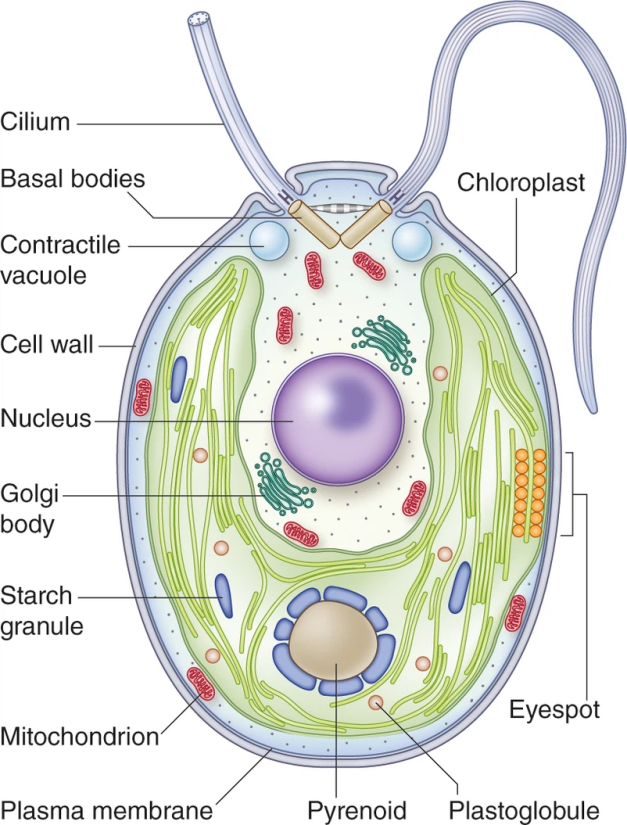
Algae-based wastewater treatment offers a sustainable alternative to conventional bacterial methods but is hindered by slow treatment times and difficulties in harvesting microscopic cells. Although photogranules, the clusters formed from the co-cultivation of the green alga Chlamydopodium sp. and the cyanobacterium Leptolyngbya PCC-6306, solve the harvesting issue, their structural stability depends on maintaining a precise 30:1 species ratio. This combination is inherently unstable due to the significantly faster growth rate of the cyanobacterium. The other bottleneck is the slow growth rate of the nutrient-absorbing green algae, which prolongs treatment time far beyond the standard 6-8 hours used in existing infrastructure. This research aims to overcome these two limitations by genetically enhancing nitrogen metabolism in a model green alga, Chlamydomonas reinhardtii (C.reinhardtii). To accelerate nitrogen uptake and conversion into biomass, thereby aligning algal growth rates with practical treatment timelines and stabilizing photogranule combinations, this experiment overexpresses key genes involved in nitrate assimilation: Nitrate Transporter (NRT1), Nitrate Reductase (NR), and Nitrite Reductase (NiR). We detailed the design of transformation plasmids and extensive efforts to isolate the target genes, and then updated the plan due to discoveries of the characteristics of the high-GC-content genome of C. reinhardtii. Successful target gene extraction proved challenging, leading to a recommendation for artificial gene synthesis in future work.

 View pdf
View pdf




